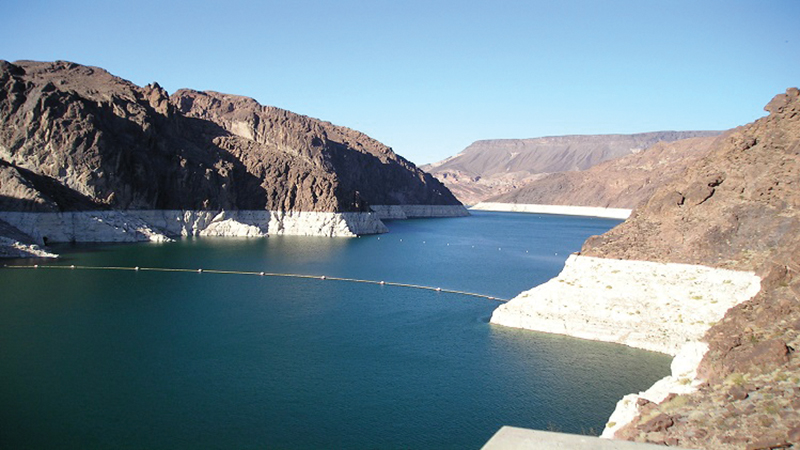Information and Photo Courtesy of the City of Phoenix
Recently, the Phoenix City Council voted unanimously to allow the city to enter into an agreement with the Central Arizona Water Conservation District in response to continuing declines in water supplies in Lake Mead on the Colorado River.
The agreement, known as the 500+ Plan, involves the U.S. Bureau of Reclamation and stakeholders in Arizona, California, and Nevada. The goal is to add 500,000 acre-feet of additional water to Lake Mead each year through 2026. The plan is projected to add approximately 16 feet of water to the reservoir, which continues to reach record low levels.
Those targets will require agreement participants to do without certain amounts of their Colorado River allotments. In exchange for a reduction in water delivery, the parties will receive financial compensation.
“The City of Phoenix recognizes the seriousness of a declining Colorado River, and this action is representative of the collaborative regional efforts that are necessary to address the challenge of water scarcity and drought,” says Phoenix Mayor Kate Gallego. “Phoenix is a desert community that prioritizes sustainable growth, and the funds saved through this plan will contribute to identifying, innovating and piloting solutions to increase water use efficiency and promote conservation.”
Phoenix will receive compensation in the amount of $4,163,765.97 for a contribution in 2022 of 15,977 acre-feet. The money will come from Central Arizona Water Conservation District and will be used to implement water conservation programs. The city will consider additional contributions in subsequent years on a case-by-case basis.
“This short-term action is important because it represents quick thinking and collaboration among water users in the Southwest,” says Phoenix District 1 Councilwoman Ann O’Brien, who also is a member of the Board of Directors for Arizona Municipal Water Users Association (AMWUA). “Ultimately, the answer is a long-term adaptation to a hotter, drier future, which must include more efficient use of water.”





